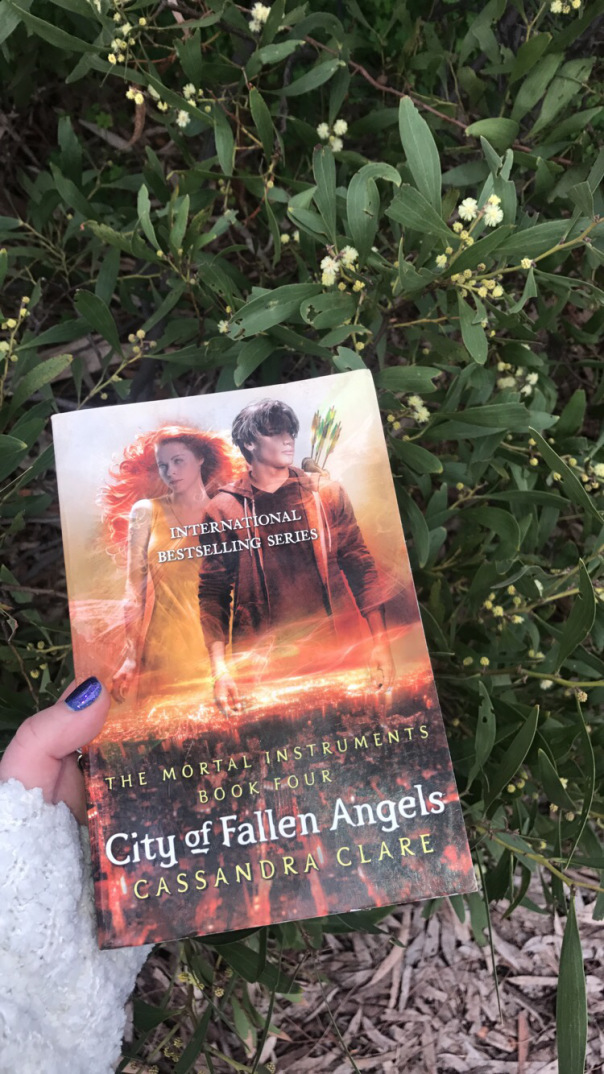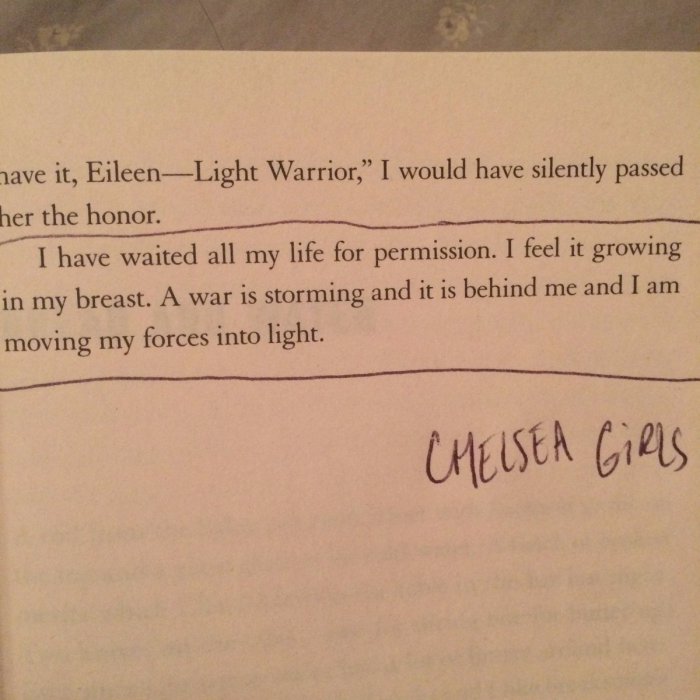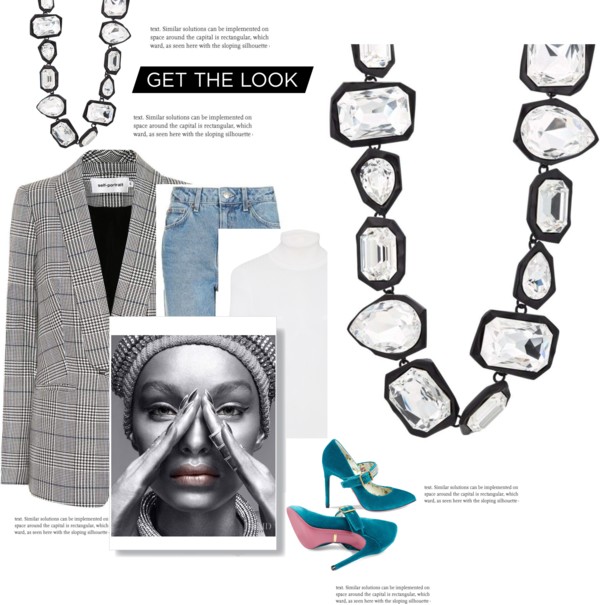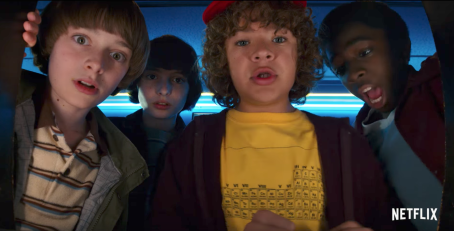
If you subscribe to Netflix, I know what you’re doing this weekend.
The entire second season of ‘80s throwback horror series “Stranger Things” dropped Friday, so you’ll be holed up on the couch, plowing your way through all nine episodes while subsisting on nothing but Eggos and chocolate pudding.
Is there some spooky holiday happening soon? What World Series?
I totally get it. You desperately need to know what’s going to happen to poor slug-vomiting Will, scary-but-lovable Elle, sneaking-around-in-the-woods Sheriff Hopper, crazy-eyed supermom Joyce Byers, preppy girl-turned-gun-toting-bad-ass Nancy, and irresistible Goonies-wannabes Dustin, Lucas, and Mike.
I realize you’ll be too preoccupied to focus on anything else until you’ve watched every last horrifying, hilarious, and wildly entertaining second of “Stranger Things.”
But once that’s done and you’ve come up for air, there’s something really important and awesome you’re going to want to check out, and it also happens to be on Netflix.
The 2016 documentary “She Makes Comics” became available this month on the streaming service, and it deserves a place on your queue. (You can also view the film on Amazon and iTunes.)
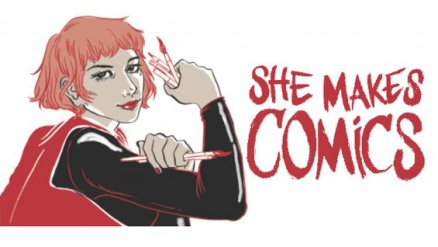
The thesis of “She Makes Comics” is simple: Women write comics. Women draw comics. Women publish comics. Women read comics.
This might sound obvious, but in a world where comic books are still seen as a predominantly male pastime, it really isn’t, which is why director Marisa Stotter’s film is fascinating and necessary.
If the necessity of it is in doubt, by the way, look no further than the virtually complete lack of reviews of this film online — and that includes Rotten Tomatoes –and at the sexist, clueless remarks of male commentators on the movie’s IMDb page.
“She Makes Comics” may be modest and low budget, but it confidently delves into the secret history of women in the comics industry, revealing female contributions that most people, even comic book readers, may not be aware of.
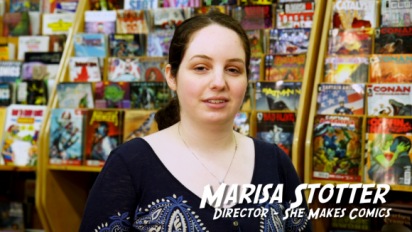
In a refreshing twist, the doc features little to no male talking heads, but relies on the stories of the participants themselves, including comics journalists, historians, writers, artists, shop owners, publishers, and executives, along with such comic-making icons as Gail Simone, Kelly Sue DeConnick, Jenette Kahn, and Karen Berger.
Stotter begins with the origins of comic strips and the comic book industry, which originally featured varied content that appealed just as much to girls as to boys.
 Cartoonist Jackie Ormes.
Cartoonist Jackie Ormes.
With the arrival of the censoring Comics Code in 1954, sanitized superhero stories began to dominate the industry, along with stereotypical, one-note romances marketed to girls. The result was a steep drop in female readership that would continue for decades. In short measure, the industry lost half the population of potential consumers.
In the 1970s, the inception of the underground comic scene seemed to signal the possibility of more original, groundbreaking, controversial stories and subject matter.
However, as cartoonists Joyce Farmer and Lyn Chevli (who sadly passed away in 2016) soon discovered, the movement was a boys’ club, glibly churning out misogynistic images of rape and sexual harassment.
Farmer and Chevli responded with their own feminist publication — written, drawn, and published by women — an empowering but also terrifying experience, considering the violent, negative reaction to their work.
These pioneering cartoonists paved the way for powerful women to enter the industry, including DC Comics president Jenette Kahn, who during her 26 years with the company championed the telling of more diverse, progressive, and thought-provoking stories.
Kahn oversaw the launch of the groundbreaking Vertigo Comics imprint with executive editor Karen Berger, who nurtured the careers of some of the comic world’s most impressive talents, including Alan Moore, Neil Gaiman, and Frank Miller.
Berger was also involved with Friends of Lulu, an organization co-founded by cartoonist Trina Robbins to promote female comic book readership and roles for women in the industry.

While there are more women writers, artists, and creators than ever in the mainstream comic book industry today, Stotter points out that female comic book makers tend to flourish in the alternative, underground, and web comic scenes, where audiences who crave more than just superhero stories tend to be found.
“She Makes Comics” also explores the world of cosplay, where women are sometimes shamed for their participation; comic book shops, which are often off-putting spaces for women; and conventions, like San Diego Comic-Con, which have a dark history of harassment and misogyny, but are becoming more inclusive.
The doc ends on a hopeful note, showcasing such figures as DeConnick, a prolific, outspoken scribe known for her “Captain Marvel” runs, and Simone, a writer who broke into the industry after critiquing it with the website “Women in Refrigerators,” which listed the many female comic book characters killed or brutalized in the service of male storylines.
As a bonus for SoCal residents, “She Makes Comics” features Newhall comic book shop Brave New World and its former owners, Autumn Glading and Portlyn Polston, who welcomed girls to the store and organized events and programs designed to encourage female comic book readership.
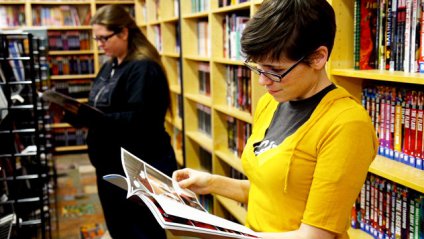
Stotter concludes that the recent and growing popularity of geek-related culture and entertainment is a good development for women, allowing them to participate more freely in fandoms and be part of positive, accepting communities of like-minded creators and readers.
Watching “She Makes Comics” was an eye-opening experience for me. Though I write about the comic industry, I wasn’t aware of many of the facts it presents.
I hope the film finds a wider audience and brings awareness to the continuing saga of women who joyfully, boldly, and unashamedly create and consume comic books.
Photos: “She Makes Comics.”
Share this:

